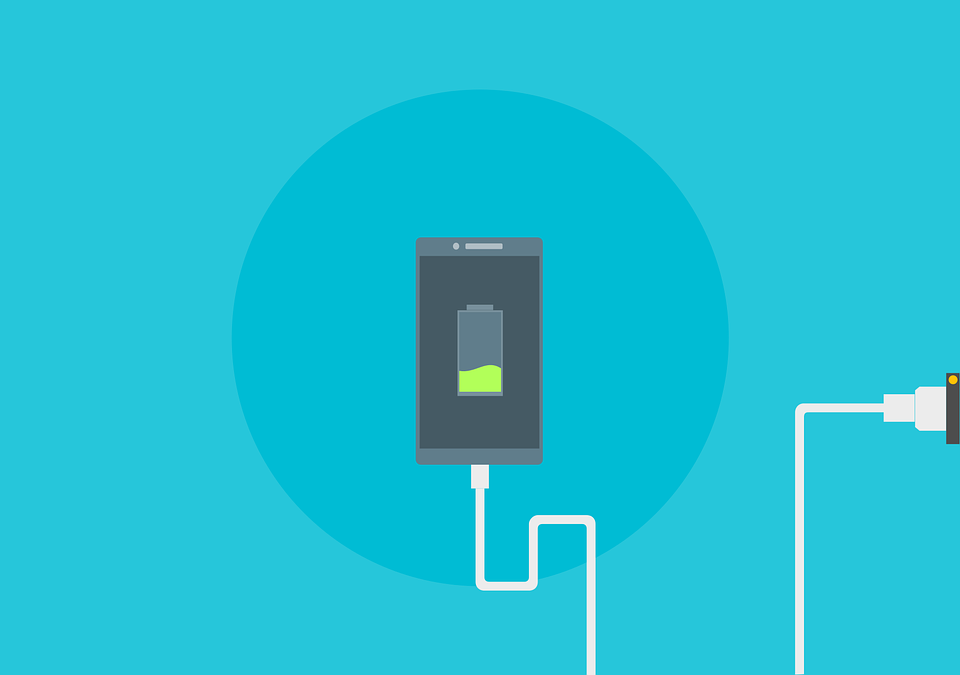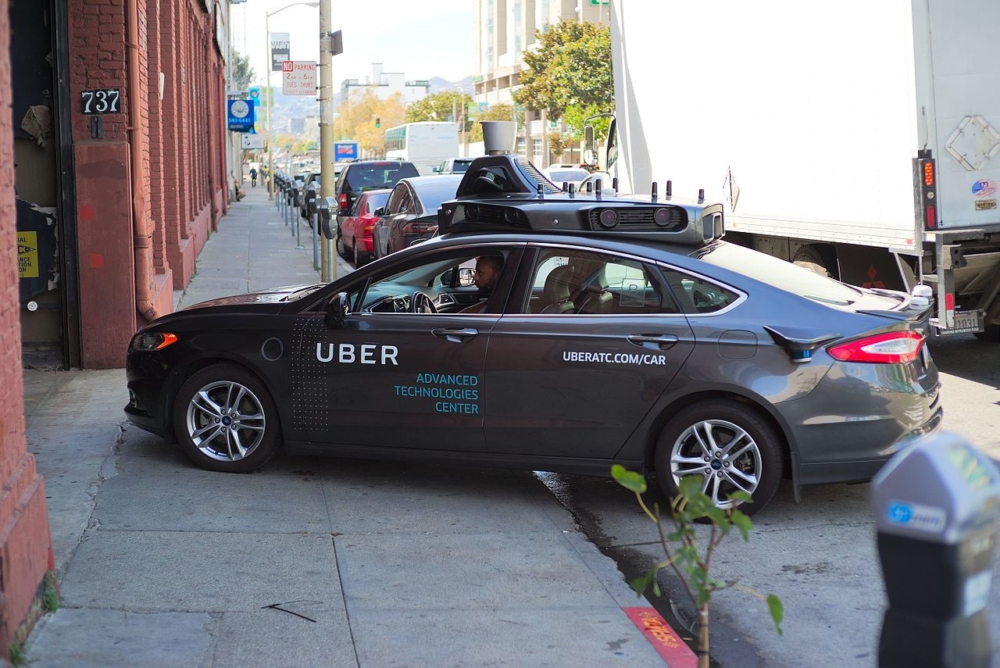[ot-caption title=”iPhone line dramatically increases in price overtime, starting from the original iOS to the iPhone 4. (via Yukata Tsutano/Flickr)”]
When the iPhone was first announced at the 2007 MacWorld, Steve Jobs and Apple Inc. created a paradigm for what the phone would look like for the next decade. At the time of launch, this new fangled internet communicator, iPod, and phone combination product was being sold at the exorbitant price of $599 (with the now standard 2 year contract through AT&T). In an entirely uncustomary move, Apple reduced the price of the phone by $200 and credited back the difference to early adopters of the original iPhone. While many are still quite content with the model of a $700 flagship smartphone being subsidized by a wireless carrier down to $200-$300, a growing number of affordable, unlocked smartphones are coming to market and getting great reception from consumers because of it.

Shifting focus to the Android world (as this is where the transformation first surfaced), Google has its Nexus line of phones designed to receive the fastest updates and represent the epitome of the Android experience. However, when the fourth iteration in this line (aptly named the Nexus 4) came to market, it sold for a baffling unlocked (without a contract with any carrier) price of $299 or $349 for 8 GB or 16 GB of storage, respectively. When looking at the iPhone 5 that was released that same year, Apple offered an unlocked version of its phone for the first time at $649 with 16 GB of storage. Because of the popularity of the iPhone, sales did diminish, but this spike in pricing compared to the Nexus 4 planted an inkling as for what was to come.
Now, in 2015, Motorola recently began selling their latest high tier Moto X phone for $399 unlocked exclusively online. This came as a major upheaval to the industry as a fairly significant player decided to take a phone that has essentially all the same features as other top smartphones, and sold it much cheaper and directly to consumers. This cut out the wireless carriers from the sale of phones and has been a recent initiative of even tech titans like Apple. Companies such as Asus, Motorola, OnePlus, and Alcatel are disrupting the status quo by providing very compelling products at dramatically cheaper prices than those offered by Samsung or Apple. This is most evident by the cult-like following of OnePlus, as well as number of invites sold for its recent offering of the OnePlus 2.
Ultimately, Apple has started to come around to a new sales model as well, in hopes to remove carriers from sales. With the freshly released iPhone 6s, the Cupertino firm announced an iPhone Upgrade Program in which consumers pay a fee starting at ~$32 per month for an iPhone 6s with AppleCare+ protection, and then, when the next iPhone comes out the following year, they can upgrade without any additional charge. As the smartphone market matures from its inception back in 2007, the pricing and manner by which consumers pay also matures and reflects different points of emphasis that consumers truly want.

































![Stranger Things 4: What to Expect [Warning: Contains Spoilers]](https://pcpawprint.com/wp-content/uploads/2021/11/StrangerThings4-900x473.jpeg)




































































